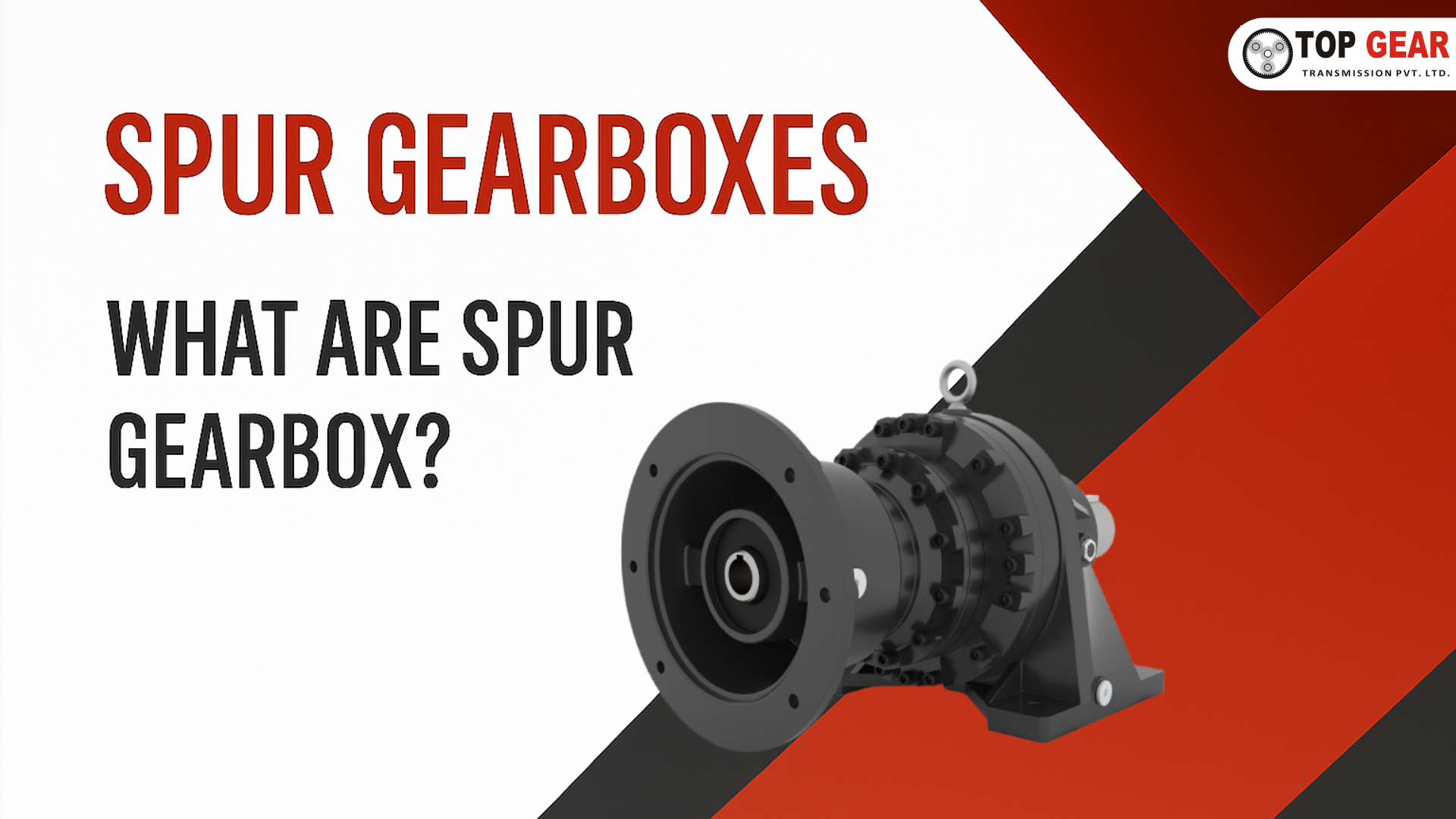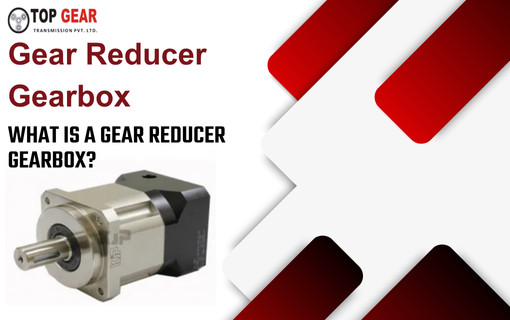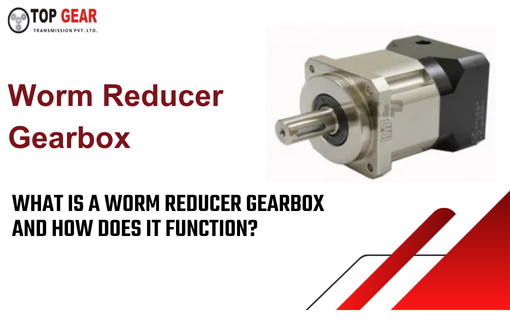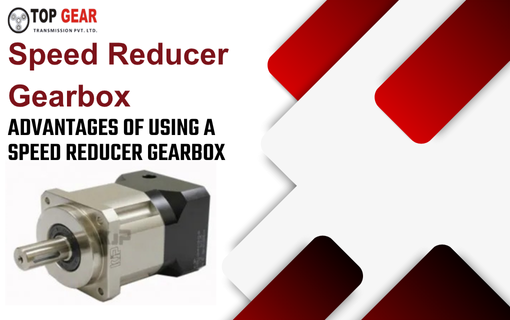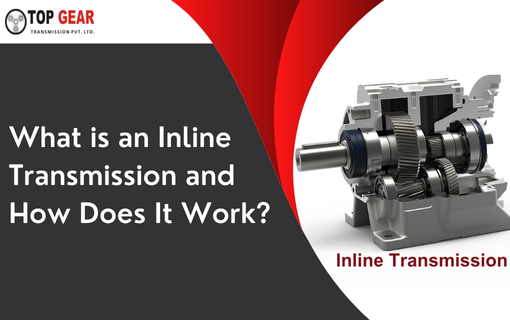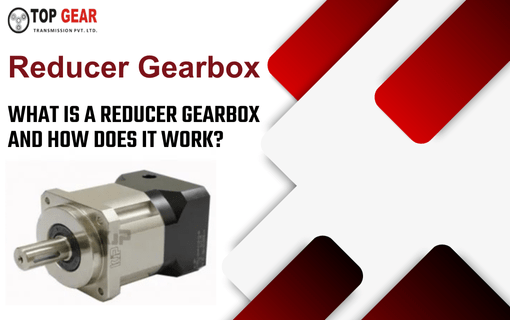Lorem Ipsum is simply dummy text of the printing and typesetting industry. Lorem Ipsum has been the industry’s standard dummy text ever since the 1500s, when an unknown printer took a galley of type and scrambled it to make a type specimen book. It has survived not only five centuries, but also the leap into electronic typesetting, remaining essentially unchanged. It was popularised in the 1960s with the release of Letraset sheets containing Lorem Ipsum passages, and more recently with desktop publishing software like Aldus PageMaker including versions of Lorem Ipsum.
FAQs
When choosing a gearbox, consider factors such as load capacity, torque requirements, speed range, environmental conditions, and the type of application. Understanding these parameters helps in selecting a gearbox that meets your specific needs and ensures optimal performance.
To determine the right gearbox size, calculate the input power and output torque required for your application. It’s essential to consider the gear ratio and the efficiency of the gearbox to ensure it can handle the operational demands effectively.
Common types of gearboxes include helical, bevel, worm, and planetary gearboxes. Each type offers unique benefits; for instance, planetary gearboxes provide high torque in a compact design, while helical gearboxes offer smooth operation and high efficiency.
For high-speed applications, select a gearbox designed specifically for such conditions, paying attention to gear materials, lubrication, and cooling systems. Reviewing the manufacturer's specifications and performance data can also help ensure the gearbox can handle the required speed.
Yes, considering maintenance requirements is crucial when selecting a gearbox. Look for gearboxes that offer easy access for maintenance, and review the recommended service intervals. Proper maintenance can significantly enhance the lifespan and reliability of the gearbox in your application.



